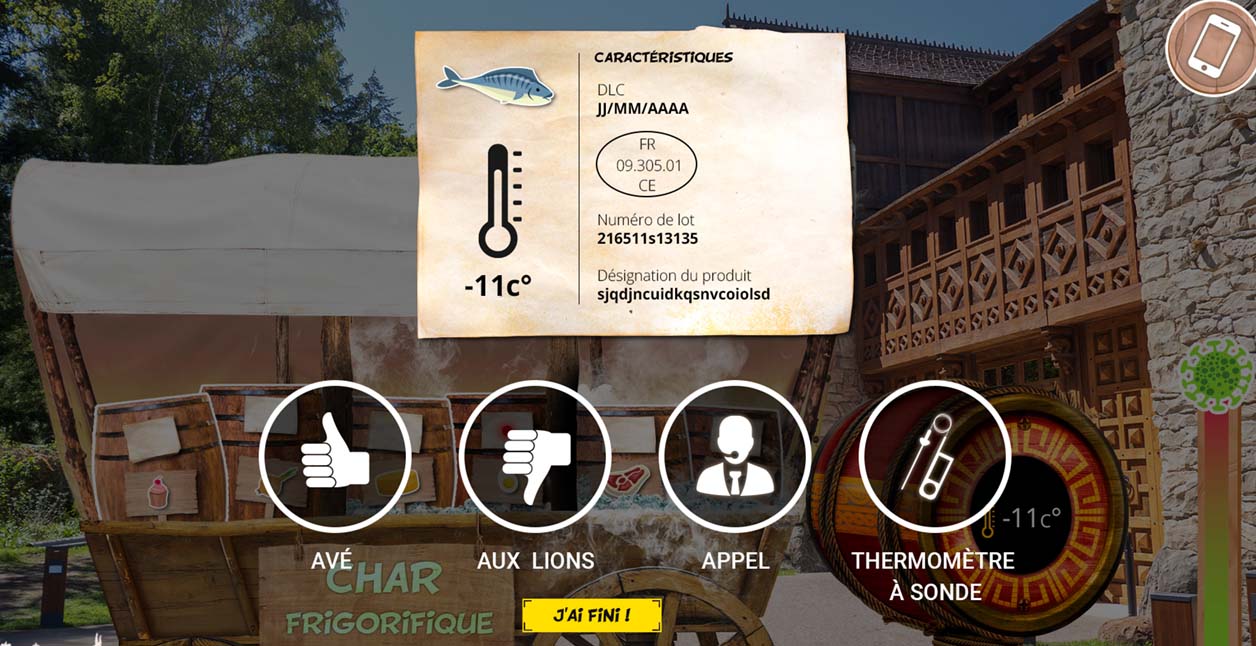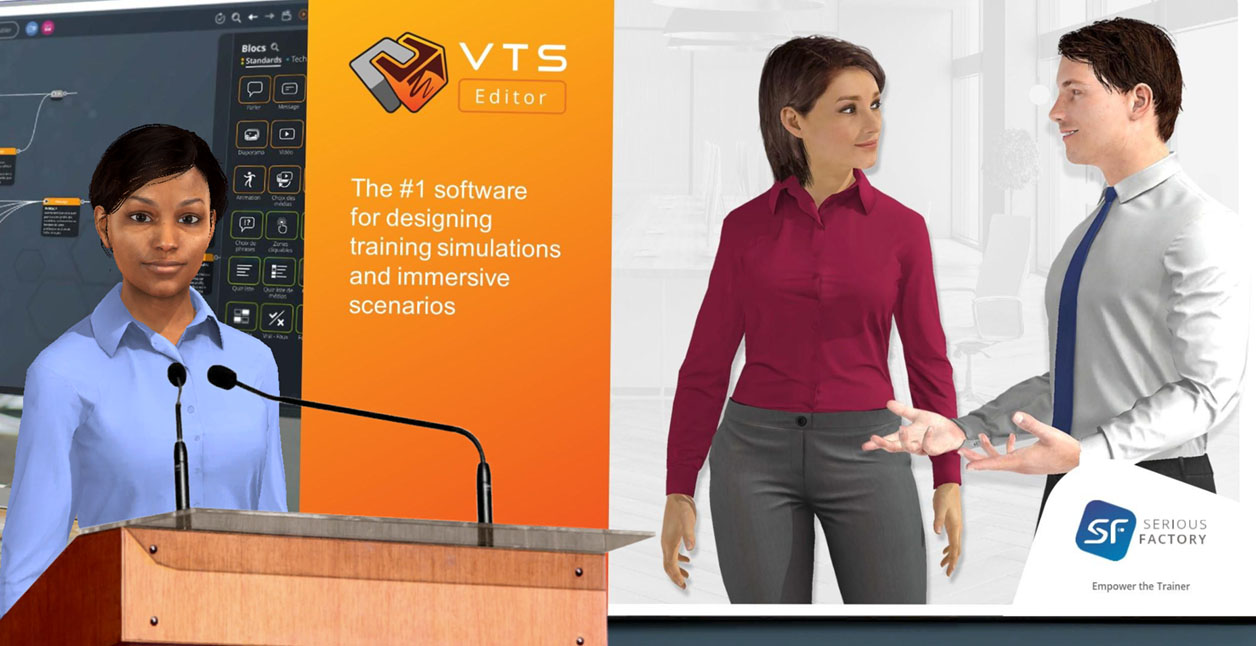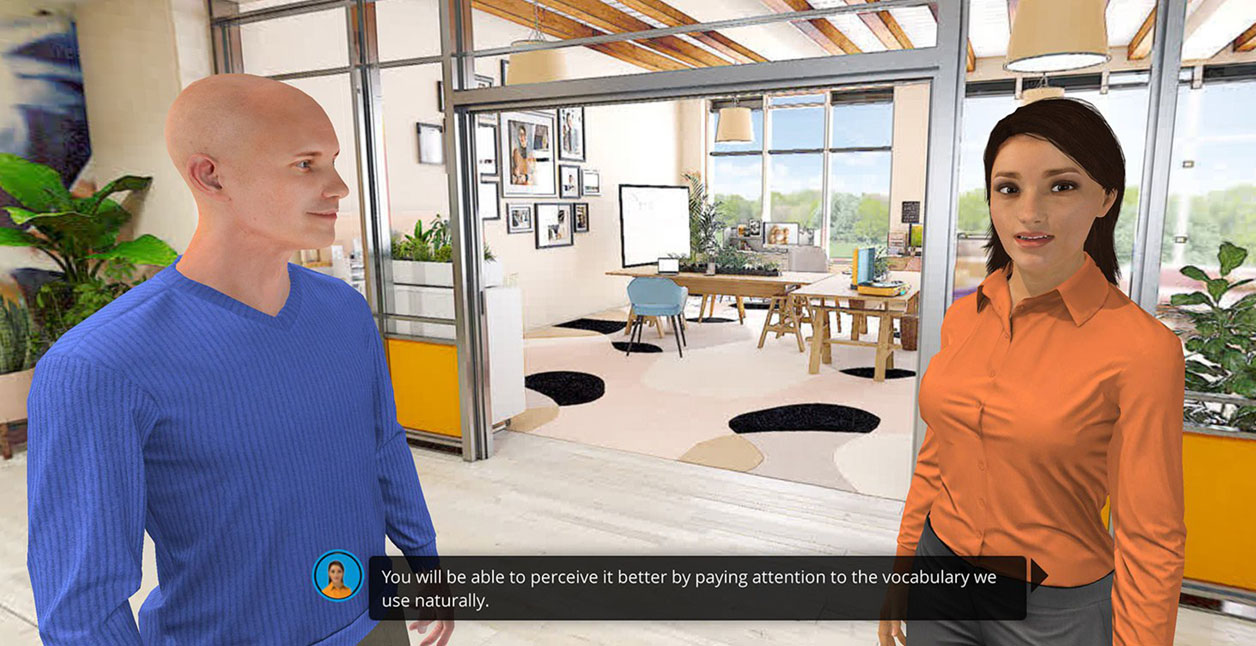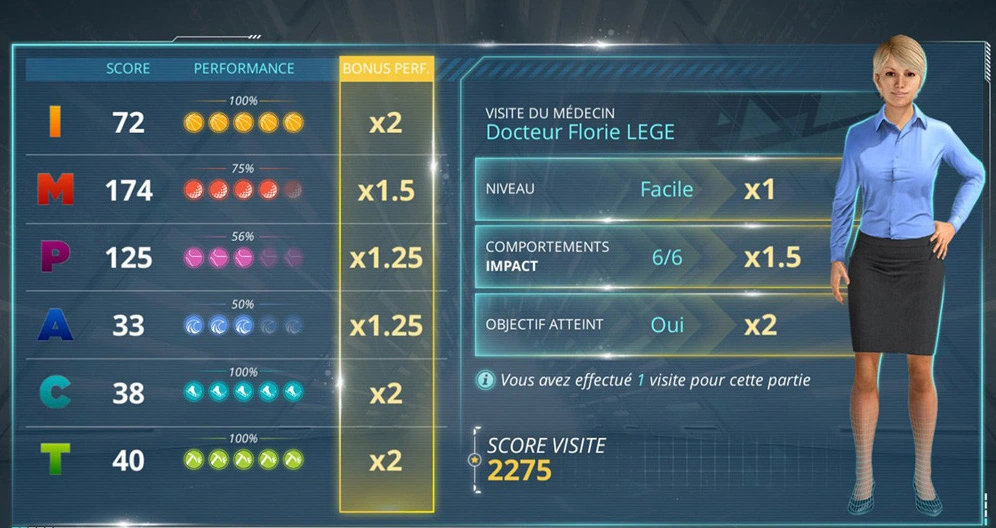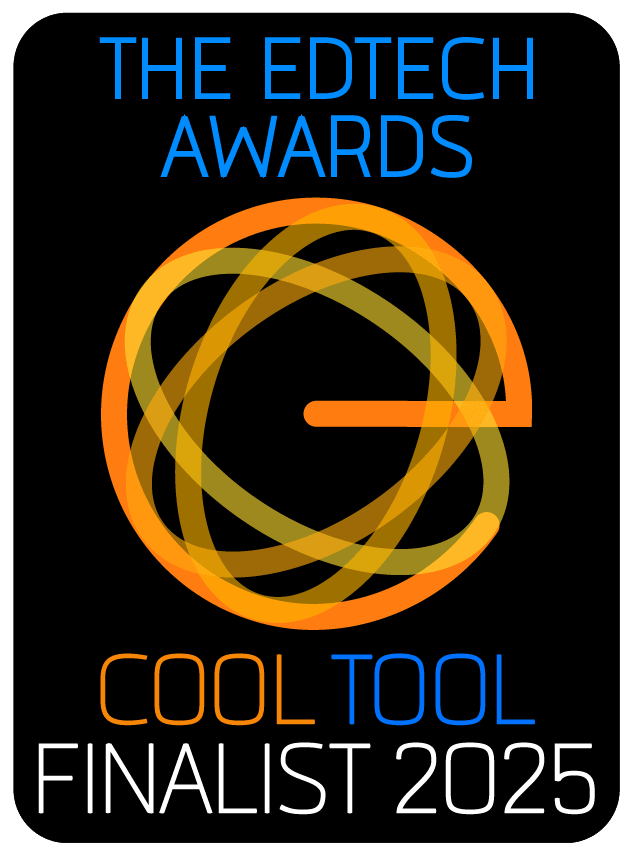
Educational Escape GamesTrain your teams to handle complex situations
What is an Educational Escape Game?
An Educational Escape Game is an innovative approach in the field of education, combining the fun of gaming with specific learning objectives through entertainment.
Inspired by the concept of escape rooms where participants locked in a room must solve puzzles to escape, the Educational Escape Game transposes this experience into an educational context through a fun and interactive escape game.
Participants, often in teams, are immersed in a fictional scenario that requires the use of their knowledge and skills to solve challenges and mysteries, outwit traps, find clues, and advance in the game.
This playful format not only promotes learner engagement and motivation, but also stimulates critical thinking, collaboration and communication skills, team spirit, and creativity. By adapting puzzle games and scenarios to educational content, the Escape Game becomes a powerful tool to revisit key concepts of team cohesion, analytical capabilities, initiative‑taking, to reinforce learning and dynamically assess learners' understanding.
Its flexibility allows it to be applied to all levels and disciplines, making learning both entertaining and deeply impactful through total immersion in an environment of puzzles to be solved to hope to escape the virtual room in the allotted time.

What are the benefits of Educational Escape Games?
Educational escape games offer multiple advantages that transform traditional teaching into a unique, immersive, and stimulating experience.
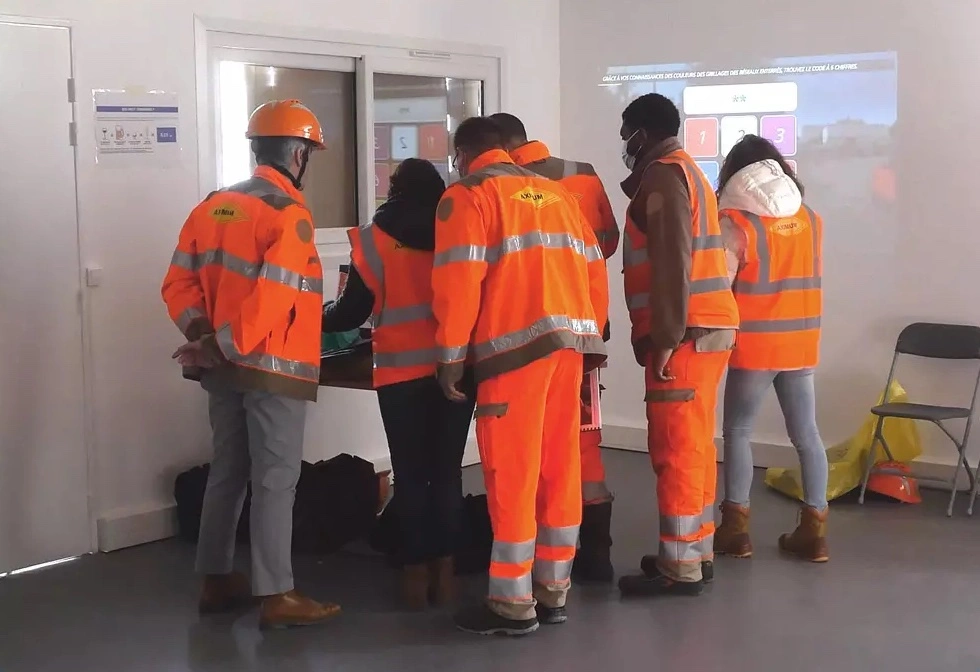
One of the main benefits is increased learner engagement.
By infusing a playful dimension into learning, these games captivate participants' attention and maintain high motivation.
This state of involvement fosters better assimilation and retention of knowledge, as learners are active, involved, and emotionally engaged in the puzzle‑solving process.
Furthermore, the gaming experience offered by educational Escape Games encourages the development of key skills such as problem‑solving, observation, ingenuity, critical thinking, and collaboration.
By working together to solve the mystery and escape, participants learn to communicate effectively, share ideas, and value each individual's skills to achieve a common goal.
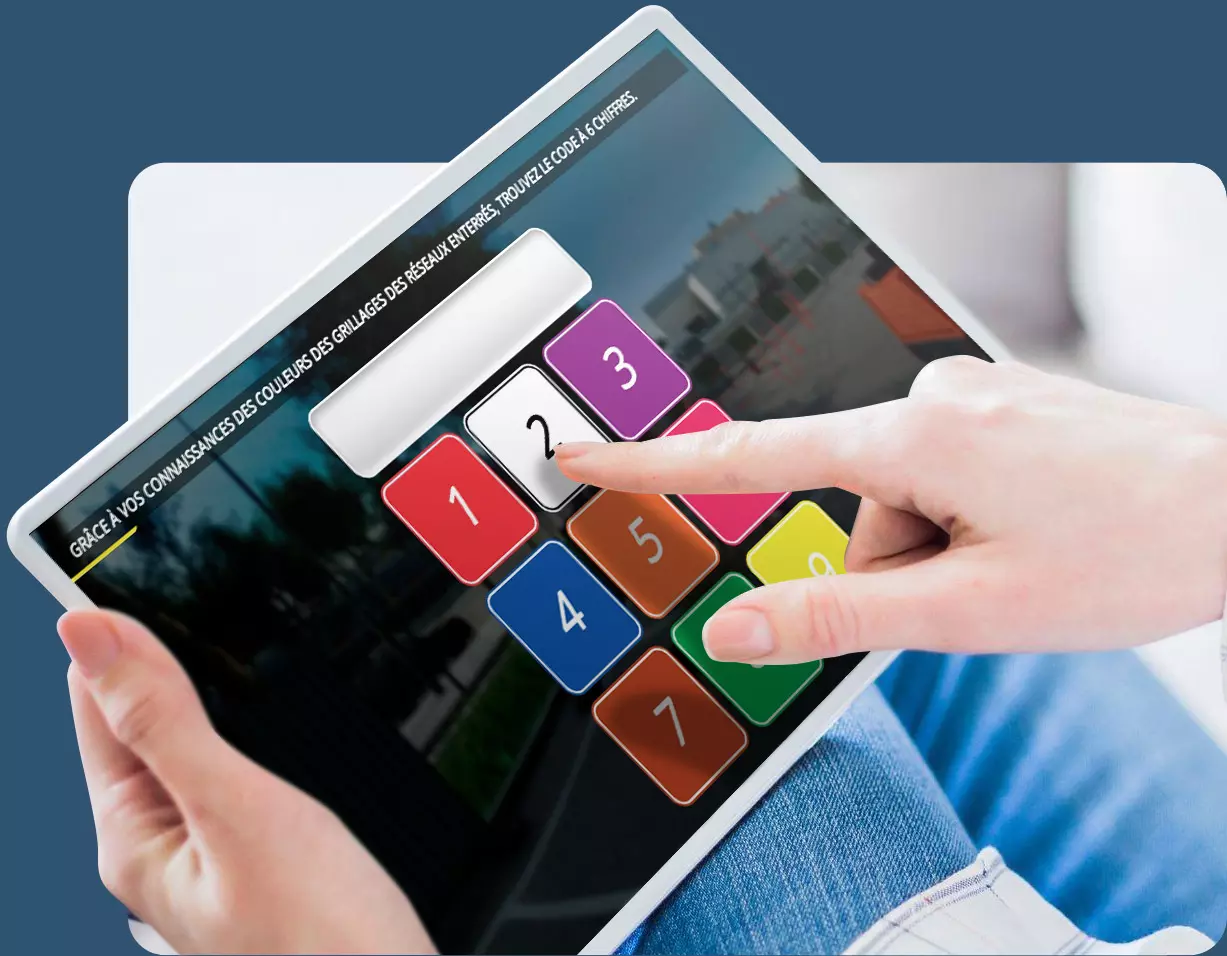

Additionally, these games require brainpower, discovery of logical puzzles in order to escape while diving into a thrilling adventure.
A great opportunity to apply theoretical knowledge in practical and concrete situations, allowing learners, students, or work colleagues, to understand the real utility of what they have learned.
How to create an Educational Escape Game?
Now that you have an overview of the foundations and benefits of educational Escape Games, you might want to create your own. The design of an Educational Escape Game is a relatively complex process as it involves many skills:
- Knowledge in instructional design.
- Knowledge of Game Design for game balance and difficulty management
- Game design knowledge for graphics and programming.
Before you start creating your Escape Game, it is important to ensure you have the necessary time to design it and the right tools to produce it. You can also rely on a team of experts, like ours :‑).
In terms of design, our 9‑step method, developed through hundreds of projects, can greatly assist you in structuring the creation of your Escape Game.
You can find all the details of this method by downloading our white paper dedicated to this method.
The 9 steps of the Juicy Learning method
1. Define the pedagogical objective, target, and concept
First and foremost, it is important to clearly define why and for whom you are creating your Escape Game. It is therefore important to ask the right questions before starting.So start by answering these 3 questions:
- What is the pedagogical objective? (example: Employee onboarding ‑ Company knowledge, cohesion stage, team building...)
- Who is your target? (example: Newcomers)
- What is the main concept of your Puzzle? (example: aliens have infiltrated among the company members, and you must unmask them before they take over personal data)
2. Identify the key messages
Just like a training module where you would identify the key messages, an escape game aims to put into practice already acquired skills. This step consists of defining which skills will be employed to achieve the objectives of the puzzle game and what "parameters" participants can act on to vary the scenario.3. Construct the architecture
At this stage, note down all the notions that the learner must remember at the end of the module. These are the key content points that will help the learner progress in their knowledge. Mastery of all key messages by the learner will mean achieving the pedagogical objective defined in step 1.If there are too many, it is likely that the Escape Game needs to be broken into several chapters.
4. Distribute the key messages
In this pedagogical design step, the goal is to efficiently distribute the key messages that have been identified in step 2.It is crucial to ensure a balance in the distribution of key messages to maintain the learner's attention and avoid an unbalanced scenario. This step also requires deciding which type of interaction fits best for each message, which can vary from simple sentence choices to specific mini‑games. In short, this phase is essential for defining clearly the pedagogical approach.
5. Write the ideal scenario
The ideal path represents the most effective journey, where the learner makes all the right choices. For this step, it is essential to build this path without yet worrying about writing the incorrect choices; the goal is to put in writing the complete ideal narrative of the learning experience. It is also advisable not to dwell too much on the creation of interactions or staging at this stage. The priority remains to record the complete sequence of events in the scenario.6. Create alternatives
Now that the ideal narrative is established, it is time to tackle the writing of the various alternative branches of the scenario. This phase involves thinking about the different ways to test the learner, the consequences of their mistakes, and their influence on the continuation of the scenario. The goal here is to be able to map the pedagogical progression of the learner throughout the learning experience.7. Evaluate with scores and debriefing
After having developed a playable scenario from start to finish, it is essential to move on to the step aiming to provide the learner with constructive feedback. The goal is to help them understand how they can improve and learn from their mistakes.8. Give your experience the Juiciness it deserves
Your Escape Game is now complete from a pedagogical and narrative point of view. The next step is to make it captivating and engaging by making it "Juicy". For that, two aspects must be considered with care: sound design and graphics.8. Give your experience the Juiciness it deserves
Your Escape Game is now complete from a pedagogical and narrative point of view. The next step is to make it captivating and engaging by making it "Juicy". For that, two aspects must be considered with care: sound design and graphics.9. Proofread and deploy
Take the necessary time for people who did not participate in the design of your project to test your game. If you have the opportunity to conduct user testing, take it; objective feedback will help you identify errors and problems you would not pay attention to, such as typos or residual bugs. It is also important to adjust the pace and difficulty of the game based on this feedback.Once the content has been meticulously reviewed, validated, and all quality checks have been performed, you are ready to publish your experience. This is the moment to disseminate your project and share it with your target audience.
What tools to create Educational Escape Games?
An escape game can take the form of an in‑person physical activity, such as an escape room, and involve a game master who will animate the session and physical or digital resources for puzzle‑solving. The investigation game can also be fully digital where the user autonomously navigates the scenario. The first form is ideal for escape games that promote teamwork but requires more budget for organization (travel, room, facilitator, etc...). The fully digital form will allow you to experience more flexibility and be able to update it more easily.
Looking for an all‑in‑one tool to create digital Escape Games efficiently and without coding? Look no further!
We have created VTS Editor, an interactive content creation tool that brings together everything you need to create a high‑quality new Escape Game concept.
Need help creating an Educational Escape Game?
Since 2007, Serious Factory has been transforming your training into more engaging and memorable experiences.
We support you in succeeding your training strategy by providing solutions that enable the acquisition, development, and evaluation of skills.
Our commitments
We support you in the creation, deployment and implementation of competency management while respecting costs, production deadlines and your brand identity.
Evolving projects
Our tailor‑made projects are designed with VTS Editor so that you can develop them independently.
Our expertise
Pedagogical engineering, storytelling, game design, digital training strategy audit and consultancy, research & development, UI/UX design... A watchword: Innovation.
Agile methodology
Your satisfaction is our priority. We work hand in hand until the final objective is achieved.
Frequently Asked Questions
What is an Educational Escape Game?
An Educational Escape Game is an original, fun, and educational activity where participants are immersed in a scenario and a game session that requires solving puzzles to 'escape' the given situation in a race against time. It is designed to teach or review knowledge interactively and engagingly.
How does VTS Editor facilitate the creation of an Educational Escape Game?
VTS Editor is a design tool that allows users to easily create interactive simulations and serious games. Thanks to its intuitive interface and a wide range of features, VTS Editor makes creating an Educational Escape Game accessible to everyone, even without coding skills. You can integrate puzzles, brain teasers, role‑play, hidden objects, treasure hunts, tracking games, interactive elements, and customize immersive scenarios according to educational objectives.
What resources do I need to get started with VTS Editor?
To get started, you need a computer and an internet connection to download VTS Editor. Also, consider preparing a game storyline, a list of puzzles or challenges to integrate, and any visual or audio materials you want to use.
Do I need programming skills to use VTS Editor?
No, one of the advantages of VTS Editor is that it does not require programming skills. The tool is designed to be accessible with an intuitive drag‑and‑drop interface, allowing anyone to create interactive experiences without having to write code.
How can I customize my Educational Escape Game to make it unique with VTS Editor?
VTS Editor offers a variety of customization options, from environments and characters to specific interactions and narrative paths. You can import your own resources (images, sounds, videos) and use the tool's features to create a unique scenario that matches your pedagogical objectives.
Does VTS Editor allow the integration of immediate feedback for participants?
Yes, VTS Editor allows the integration of immediate feedback at each stage of the game. You can configure specific responses according to the actions of the participants, which is essential in a pedagogical context to reinforce learning and encourage engagement.
Can the effectiveness of an Educational Escape Game created with VTS Editor be measured?
Absolutely, VTS Editor includes analytical tools to track participants' progress and engagement. You can assess the effectiveness of your Educational Escape Game by analyzing this data, identifying where participants face challenges, and adjusting the game accordingly.
How long does it take to create an Educational Escape Game with VTS Editor?
The time required depends on the complexity of the game and your familiarity with the tool. Novice designers may need a few days to become comfortable with VTS Editor and develop their game, while more experienced users can create more elaborate scenarios in less time.
Does VTS Editor offer templates or examples to get started?
Yes, VTS Editor offers a selection of templates and examples that you can use as a starting point. These resources are ideal for understanding the possibilities offered by the tool and for inspiring your own creation from settings to the series of puzzles and clues to be solved and scenarios to set up.
Where can I find help or training for using VTS Editor?
VTS Editor has a wide range of support resources, including an online help center, video tutorials, and an active user community. You can also participate in training organized by the VTS Editor team to master the tool and optimize the creation of your Educational Escape Game.
Discover other educational modalities
Role‑playing scenarios

The BEST
of digital training
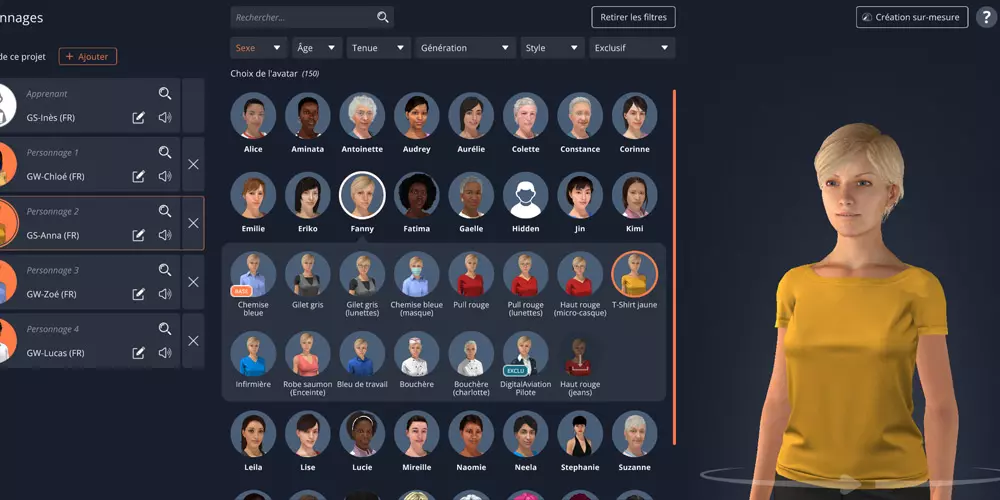

Design E‑Learning modules with VTS Editor
Quickly and easily design captivating Serious Games, e‑learning modules enriched by gamification, and practical situations to boost the ROI of your training.
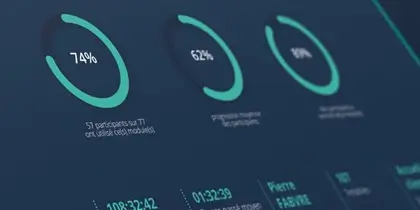

Deploy and analyze on our LMS platform VTS Perform
Explore VTS Perform, our intuitive solution for deploying and tracking your online training. Simple, personalized, ergonomic, offer your learners a pleasant and efficient training platform.


We create your custom E‑Learning courses
With over 15 years of experience, our team of experts is dedicated to supporting companies in the custom design of e‑learning and Serious Games, propelling learner engagement and the effectiveness of your training.
